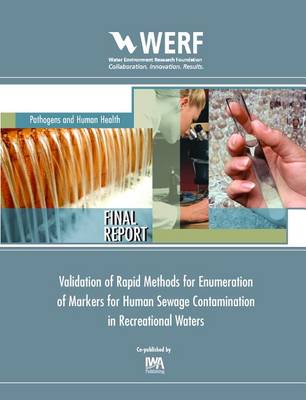Rapid methods of water quality assessment are essential for informing the public and officials of sewage-polluted water in a timely manner. Since fecal indicator bacteria can be contributed to the water by many sources, not all of which have equal risk for human health, rapid, quantitative methods that can discriminate human from non-human fecal contamination are informative for risk assessment and to identify problems in infrastructure or land use that contribute to degradation of water quality.
This work compared standard, membrane filtration-based measures of the fecal indicator bacteria E. coli and enterococci to qPCR methods in terms of quantitative correlation and consistency of performance in various types of waters. Furthermore, the genes of two human-associated microorganisms, one from the bacterial group Bacteroidales and one from human polyomaviruses JCV and BKV, were used to quantitatively assess the presence of human sewage using qPCR in various types of subtropical waters in Florida, including fresh, brackish and salt waters. The qPCR methods performed well across the range of water types, although highly tannic water types (e.g. swamp-fed river) were more likely to be subject to inhibition than lake, estuarine or marine waters. Clean-up of inhibited samples by chemical methods produced highly variable results, therefore dilution of template material proved to be a better option for relieving inhibition. Concentrations of qPCR targets for which culture-dependent methods exist were generally in agreement when culture and qPCR methods were compared.
Comparison of three different sample processing methods showed that the EPA CE and PE methods were superior to the USF methods for bacterial targets, but not for HPyVs. The EPA CE method had less sample-sample variability than the PE method, but also had a higher detection limit, making it potentially less sensitive than the PE method.
- ISBN10 1780400020
- ISBN13 9781780400020
- Publish Date 29 June 2011
- Publish Status Active
- Publish Country GB
- Imprint IWA Publishing
- Format eBook
- Pages 202
- Language English
